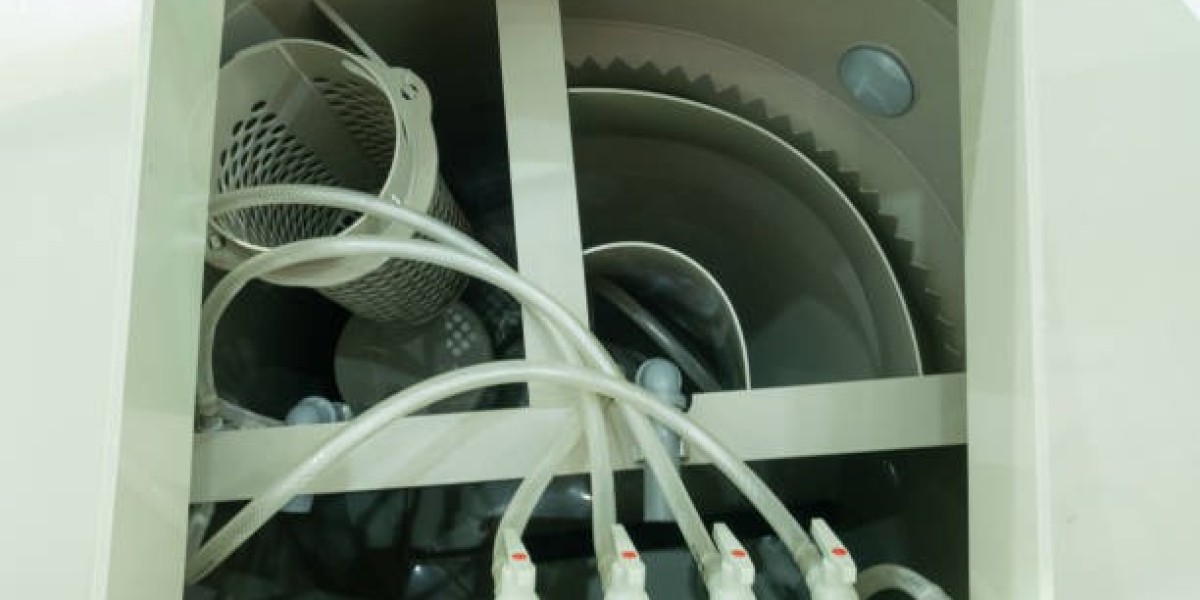Introduction
A Water Treatment Plant plays a vital role in ensuring clean and safe drinking water for communities. The process involves several well-structured steps designed to remove impurities, contaminants, and harmful substances. Understanding how these plants work helps highlight the importance of water purification in everyday life.
Collection and Screening
The journey begins with the collection of raw water from rivers, lakes, or reservoirs. At this stage, screening is done to remove large debris such as leaves, branches, and plastics. This initial process prevents damage to the machinery and prepares the water for more advanced treatments inside the Water Treatment Plant.
Coagulation, Sedimentation, and Filtration
After screening, chemicals are added to cause suspended particles to clump together in a process called coagulation. These clumps settle at the bottom during sedimentation. The clarified water then passes through filters made of sand, gravel, and charcoal, which trap finer particles and impurities. This crucial stage significantly improves water clarity.
Disinfection and Distribution
The final stage is disinfection, often achieved through chlorine or ultraviolet light, which eliminates harmful pathogens. Once purified, the clean water is stored in tanks before being distributed to households and industries. Each Water Treatment Plant ensures this process is carefully monitored to provide safe and reliable drinking water.








